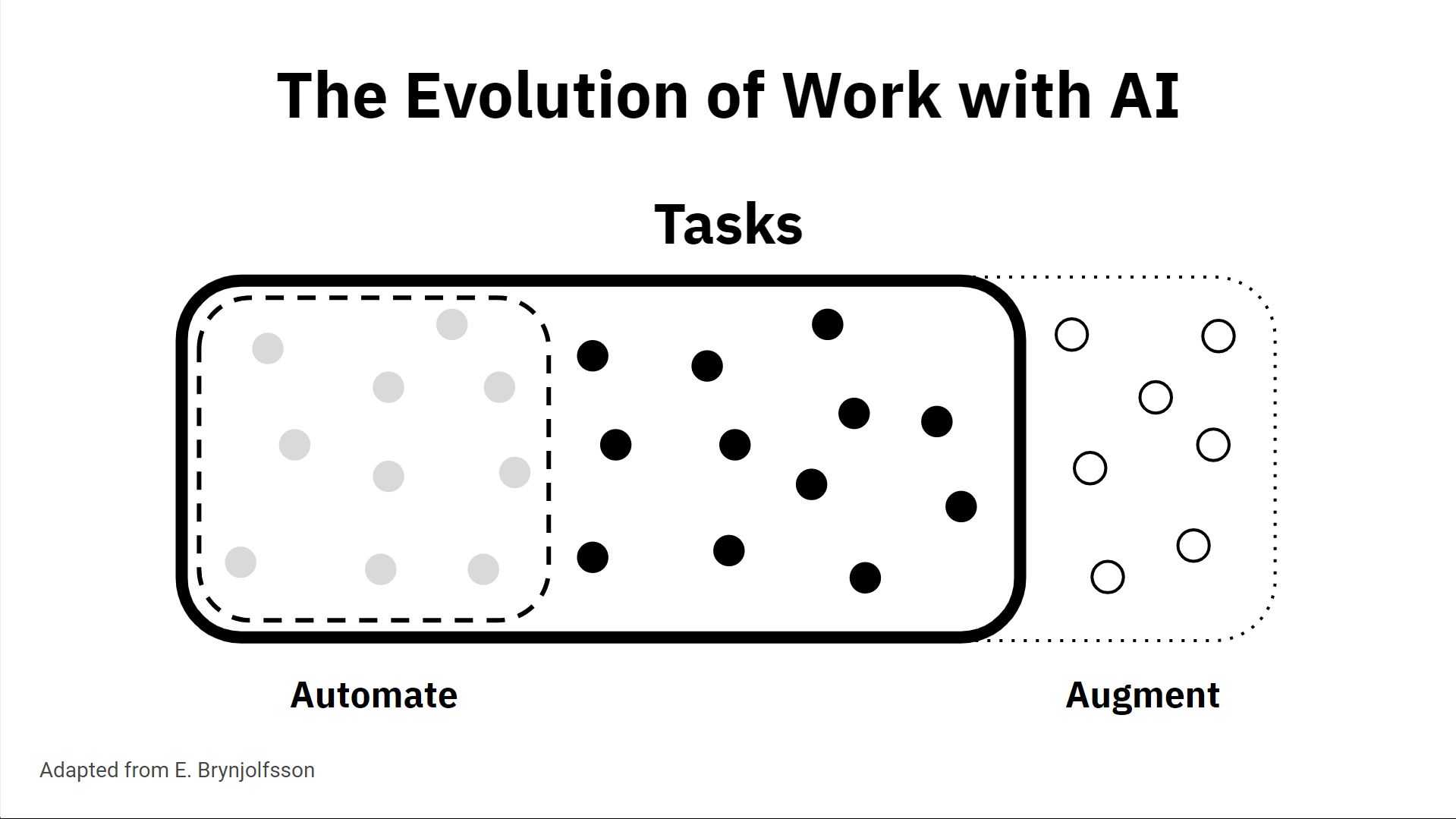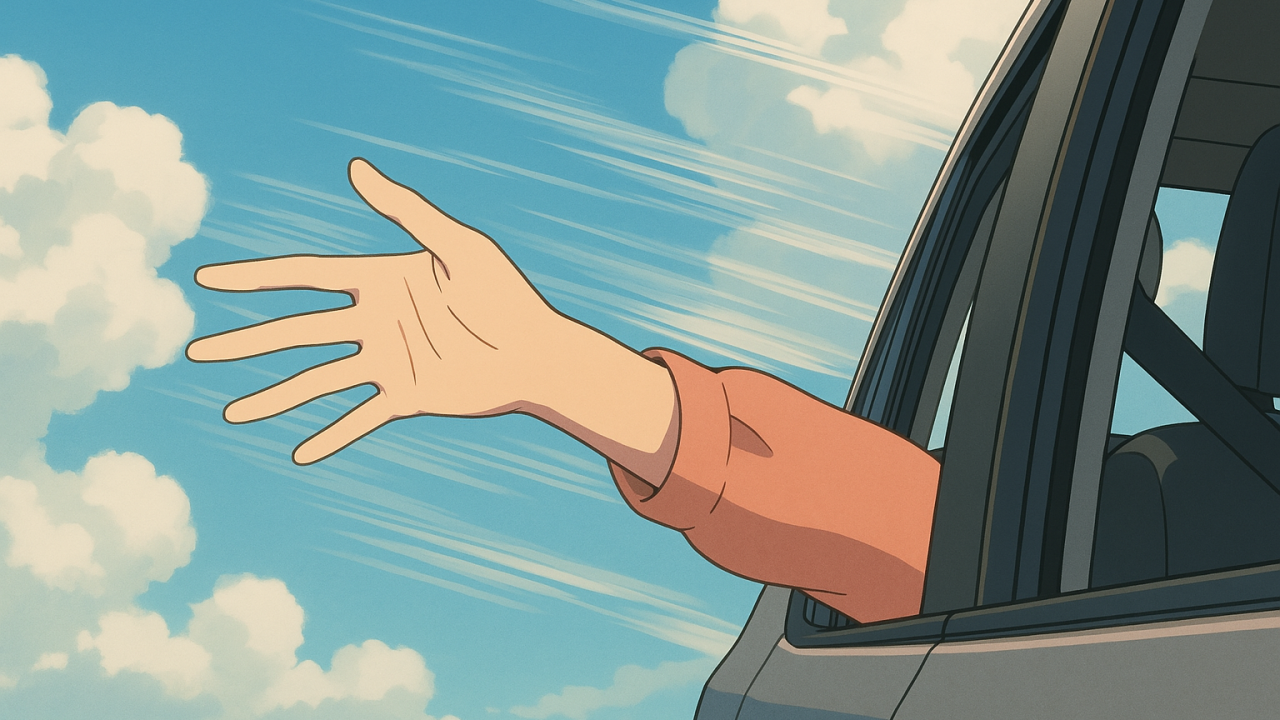In a world where AI seems to infiltrate every aspect of our professional lives, the question emerges: Will AI replace UX Designers? As technology evolves, our trusty AI pals are eyeing the vibrant world of UX design, raising eyebrows and sparking both curiosity and concern among professionals.
This blog post will delve into the heart of the matter, exploring how AI is shaping the UX design landscape. We'll look at the tasks AI is gradually automating, the new opportunities it presents, and the skills that remain quintessentially human. By the end, you'll understand whether AI is a threat or an ally for UX designers.
Prepare to embark on a journey through the realms of creativity, innovation, and technology. We'll arm you with insights to navigate an AI-augmented future, ensuring you're ready to harness its potential while preserving the essence of human-centered design.
Table of contents
A Designer's Dilemma: Will AI Be Friend or Foe?
The mood among UX designers is mixed when it comes to AI's growing presence in their field. Many professionals see AI as a useful ally rather than a job-stealing villain. A recent study found that while junior designers often fret over job security, seasoned designers are more inclined to view AI as a tool that enhances their creativity and productivity. They recognize the importance of the human touch – empathy, originality, and understanding user emotions are skills that AI simply can't replicate.
On the flip side, there are concerns about how AI might reshape job roles and expectations. As noted by NN/G, AI's role as an assistant could lead to a shift in responsibilities, requiring designers to adapt by integrating AI into their workflows effectively. Some designers worry that entry-level positions may be at risk, as AI tools become more capable of performing routine tasks. However, the consensus remains that while AI can automate certain functions, the creative and emotional aspects of UX design are safe in human hands.
What parts of UX Designer jobs is AI replacing?
AI is stepping into the UX design arena by automating tasks that were once manual and time-consuming. For instance, tools can now generate rapid wireframes and create basic UI components, significantly speeding up the design process. A recent study highlights that AI can even assist in conducting user research analysis, providing insights more swiftly than traditional methods.
Moreover, AI can help in content generation and editing, which is becoming increasingly common among UX designers. According to a survey by the Nielsen Norman Group, 92% of UX professionals have utilized generative AI tools for tasks like summarizing research data and brainstorming design ideas. While AI handles these repetitive tasks, it allows designers to focus on higher-level strategic thinking, which is crucial for creating meaningful user experiences.
What parts of UX Designer jobs AI cannot replace
AI may assist in various design tasks, but it cannot replace the empathy and understanding that UX designers bring to their work. According to Nic Q. on LinkedIn, the core of UX design lies in deeply understanding human needs and goals. AI lacks the ability to truly empathize or interpret non-verbal cues, making the human touch irreplaceable.
Furthermore, UX designers excel at defining complex problems and crafting innovative solutions that align with a company's vision. As highlighted by Dawn Ressel, while AI can recognize patterns, it cannot innovate or articulate design philosophies. This creativity stems from human imagination and experience, something AI cannot replicate.
How UX Designers Can Adapt to AI
As the role of UX designers evolves with the rise of AI, professionals must embrace new tools and adapt their workflows. Designers are increasingly expected to leverage AI for tasks such as prototyping and user research, which can streamline processes and enable rapid iteration. For instance, Nolan Perkins highlights the importance of learning vibe coding and mastering AI tools like Figma to refine design capabilities.

Credits: Nielsen Norman Group
In addition to technical skills, designers should focus on human-centric abilities that AI cannot replicate. Skills such as empathy, collaboration, and creative problem-solving should be prioritized to understand user needs better and create meaningful experiences. According to insights from NNG, embracing AI as a complementary tool rather than a replacement will help designers remain relevant and effective in their roles.
Current UX Designer Job Market in the US
The UX designer job market in the US currently presents a mixed picture, marked by cautious hiring and significant competition. In early 2025, the tech sector saw approximately 16,000 jobs lost in February alone, leading to a slowdown in overall hiring. This trend means many experienced designers are actively seeking roles, making the market tougher, particularly for entry-level positions where opportunities remain scarce according to LinkedIn and Indeed data.

Credits: Lance Shields / LinkedIn Pulse
However, demand for versatile senior individual contributors, often titled 'Senior Product Designer' or 'Staff Designer', is still present, requiring broader responsibilities. AI-related skills and cross-functional abilities are also gaining importance, with 69% of creative hiring managers adapting teams for AI. While major tech firms exercise caution, industries like healthcare, finance, and retail are actively building their UX capabilities, offering varied opportunities.
Is UX Designer AI safe?
The consensus among industry experts is that UX designers are relatively safe from AI replacement. While AI tools can automate specific tasks like generating wireframes or analyzing user data, the core of UX design relies on human qualities such as empathy, creativity, and contextual understanding. As highlighted in a recent analysis, these human-centric skills are vital for crafting experiences that truly resonate with users—something AI struggles to achieve.
Moreover, rather than replacing designers, AI is more likely to serve as a supportive tool that enhances their work. By automating mundane tasks, designers can focus more on strategic thinking and innovative solutions. As noted in a report from the Nielsen Norman Group, over 90% of UX professionals have already integrated AI into their workflows, demonstrating how these tools can improve design processes without undermining the human touch that is essential for effective user experiences.
Hiring UX Designers? Here's What to Look For
When looking for a UX designer, focus on candidates who demonstrate strong user research skills and can articulate their design decisions through well-crafted stories. Look for experience with AI tools that enhance usability, allowing designers to create personalized user experiences. Candidates should be able to connect research insights with business goals, proving they can make impactful design choices.
To streamline your candidate screening process, utilize Adaface tests which focus on real-world skills. The UI/UX Design Test assesses design principles and user behavior, while the Prompt Engineering Test and Generative AI Test evaluate proficiency in using AI in design workflows. This approach ensures you hire candidates who are not only creative but also data-driven.
Prompt Engineering Test
Generative AI Test
UI/UX Design Test
AI: The Designer's New Best Friend
Looking ahead, the integration of AI into UX design roles presents a world of possibilities. AI tools can handle the mundane, freeing designers to focus on creative problem-solving and strategic thinking. This collaboration allows for a more dynamic work environment where designers can explore innovative ideas without being bogged down by routine tasks.
For employers, the use of AI in UX design translates to more engaged and productive teams. As highlighted by studies, AI aids in streamlining processes, thereby reducing costs and improving project outcomes. Current professionals and those looking to hire can look forward to a future where AI not only enhances the quality of design work but also amplifies the impact designers make within their organizations. Embrace AI as a partner, and watch the design world flourish in creativity and efficiency.

40 min skill tests.
No trick questions.
Accurate shortlisting.
We make it easy for you to find the best candidates in your pipeline with a 40 min skills test.
Try for freeRelated posts



